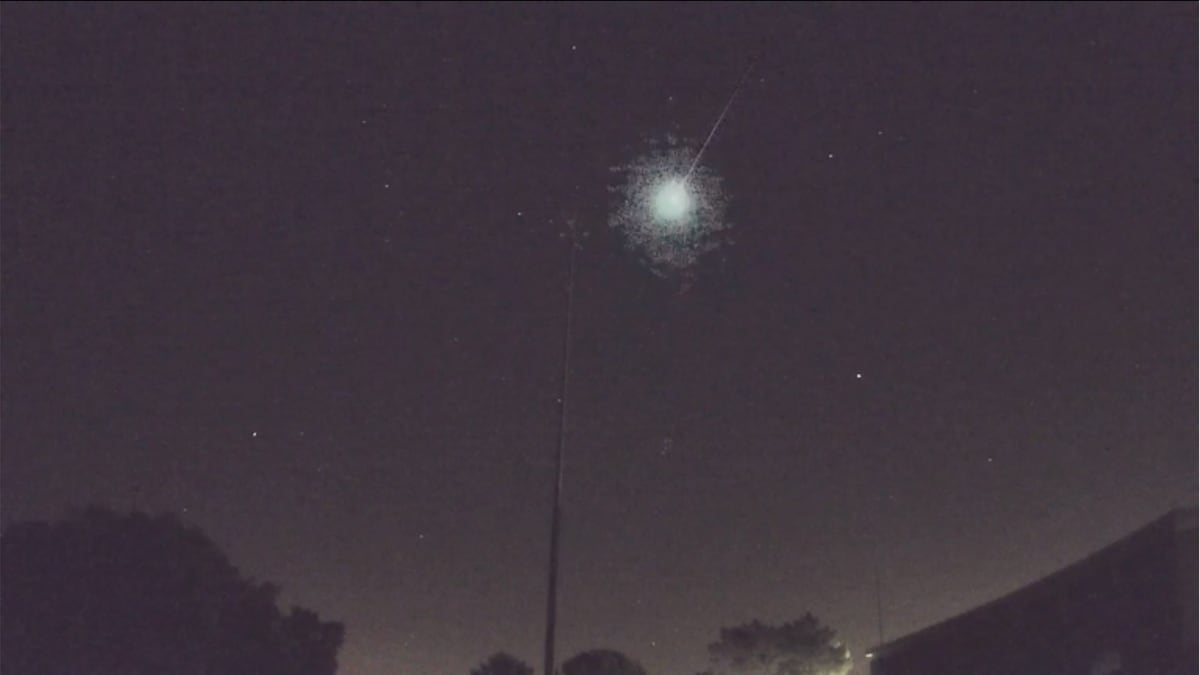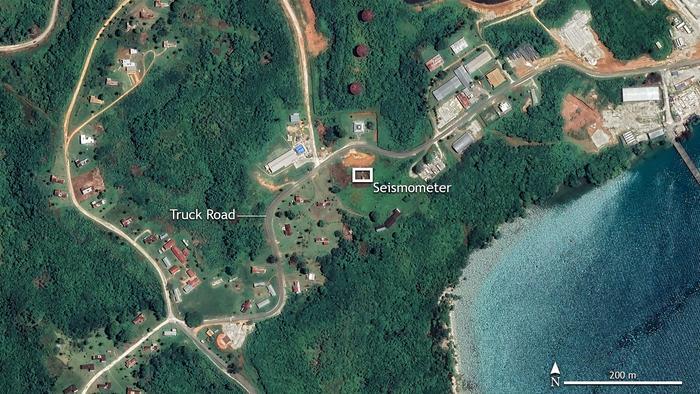During the night of July 31 a fireball could be seen in the sky of Madrid.
Until now, the origin of this meteorite was not known: it comes from comet 169P/NEAT, responsible for the Alpha Capricornid meteor shower that can be seen every year, according to the European Space Agency (ESA).
This body entered the atmosphere at a height of 100 kilometers above Madrid and burned 77 kilometers above the province of Guadalajara.
Before coming into contact with Earth, it is estimated that it had a size of about 10 centimeters.
To learn the trajectory and origin of the icy body, images from cameras placed throughout Europe were used, including an ESA camera from the AllSky7 network in Cebreros (Ávila) and cameras from the Southwest Europe Meteor Network (SWEMN). ).
Meteor showers occur when the Earth crosses the path of a comet, which, as it approaches the Sun and "sublimates" the ice from solid to gas, launches a stream of material that remains in place.
When such objects collide with the Earth's atmosphere they burn up as bright fireballs.
The brightest ones are known as fireballs.
These rains are safe, although, according to the ESA, they represent a warning, since these small fragments warn of the existence of larger objects, from which they come, and which once passed close to Earth's orbit and can return to happen.
The Alpha Capricornid shower, which lasts from mid-July to September 11, is reputed to produce some of the brightest fireballs in meteor showers.
It is believed to have been created between 3,500 and 5,000 years ago, when half of comet 169P/NEAT disintegrated and turned to dust.
The origin of the comet is even older, since it is estimated that it was formed at the same time as the Solar System, 4.6 billion years ago.
This comet's trail has drifted toward Earth's orbit, creating rare but bright meteors.
At its peak, which is usually around August 1 each year, it only produces about five meteors per hour, but they are usually very bright and often turn into fireballs.
As this drift continues, the rain is expected to become even heavier;
in 2200, it should be stronger than any other meteor shower that currently occurs every year.
You can follow
MATERIA
on
,
and
, or sign up here to receive
our weekly newsletter
.




/cloudfront-eu-central-1.images.arcpublishing.com/prisa/IOQOCJLRXFFHVAIFFVFKAPDUG4.JPG)


